Sydney’s western suburbs may be taking the brunt of massive population increases - but new data by the Greater Sydney Commission has revealed its communities are the least advantaged when it comes to jobs, housing diversity and tree canopy to protect from urban heat.
The commission, which established a plan to introduce its vision for a metropolis of three cities over the next 40 years, has revealed new key identifiers that help cities thrive in its Pulse of Greater Sydney report released on Tuesday.
Chief greater Sydney commissioner Lucy Turnbull revealed a ‘citizen panel’ identified jobs closer to where they live, quality education facilities, walkable neighbourhoods with trees, great open space and convenient access to the services they need as key indicators of great communities.
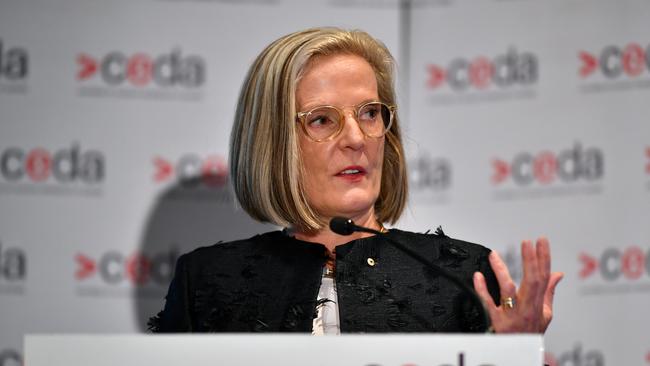
Southern Sydney faces the worst percentages when it comes to access to metropolitan and strategic centres, a major concern for the Greater Sydney Commission due to its reliance on the future viability of the 30-minute city plan, with just 24 per cent of dwellings within 30 minutes of a city.
A total of 42 per cent of all homes in Sydney’s north are within 30-minutes of a CBD, while in Western Sydney, Parramatta and The Hills around 68 per cent of homes are within 30-minutes of a metropolitan centre.
A total of 91 per cent of homes across Sydney’s East meet the Greater Sydney Commission’s 30-minute city plan.
Commissioner Turnbull told NewsLocal the Pulse of Greater Sydney report, which uncovered the shocking levels of disparity across the city, was a “baseline for future improvement”.
“Our pulse will evolve and improve overtime, we will continue to obtain more data to ensure that there is a more even playing field of opportunity across Sydney, but we needed a temperature taking of current performance,” she said.
“We want to be transparent and accountable for Sydney’s future and this report helps us to do that.”

The commission’s report identified a severe lack of jobs in the Western and Central city districts, which spans through regions including Macarthur, Badgerys Creek, Penrith and the Hawkesbury in the west, as well as greater Parramatta, Blacktown and The Hills in the geographical centre of Sydney.
Despite more than 1 million people calling Sydney’s western suburbs home, a total of just over 300,000 jobs were identified in the commission’s findings. Similar statistics were also uncovered in the central city district, with more than 950,000 people living in the region and just over 350,000 jobs made available to them.
In Sydney’s northern districts approximately 850,000 people were understood to be living in the region with a total of 400,000 jobs accessible in the local area. While in the south a total of 750,000 residents lived in the region just 200,000 jobs were identified.
Sydney’s eastern suburbs, including the Sydney CBD was identified as the location for the majority of jobs, with more than 1 million people identified as living in suburbs that make up the Eastern City District and a total of 800,000 jobs available to the workforce.
The commission’s findings revealed, “an increase in jobs, particularly knowledge jobs, and tertiary education opportunities in the Western City and Central City districts is needed to address the current imbalance”, according to Mrs Turnbull. “Particularly as the population of these districts is growing at a faster rate than other districts.
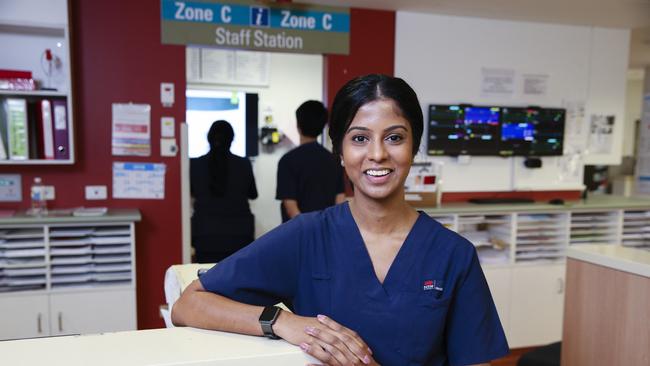
“Growing centres in these districts will assist in creating knowledge jobs which are largely concentrated in metropolitan and strategic centres, economic corridors and health and education precincts.”
Commissioner Turnbull said he lack of jobs and knowledge based employment opportunities in Western Sydney was “a drive behind every step we make”.
“We need to rebalance greater Sydney, and a better distribution of jobs is vital for Sydney’s future success,” she said. “The other issue that really drives us is the need for a better distribution of tertiary education across western Sydney.

“Just 15 per cent of people in Western Sydney have tertiary qualifications, but 40 per cent of people living in Sydney’s eastern suburbs have continued to study after high school.
“We need to bridge that gap.”
Mrs Turnbull said western Sydney will be able to rely on the Western Sydney Aerotropolis to be a major employment contributor.
“We will see a lot of economic activity from universities, defence and even the space industry, which is key to growing knowledge jobs in Western Sydney,” she said.
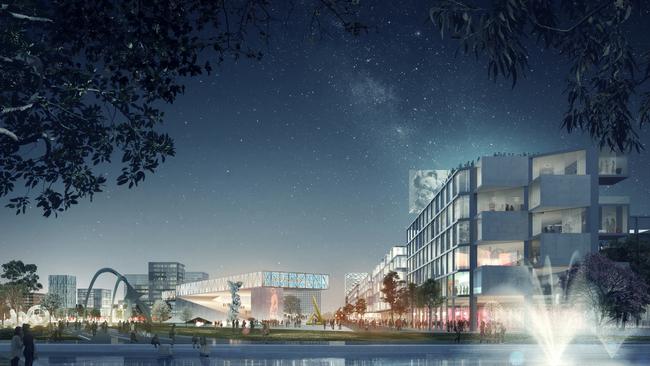
“In the Central city, Parramatta is on the cusp of fulfilling employment demands of the future.
“Parramatta is one of the liveliest places across Sydney, business in Parramatta can and will benefit from some of the biggest economic draw cards of Sydney’s future, including the creation of one of the largest health precincts in the Southern Hemisphere.”
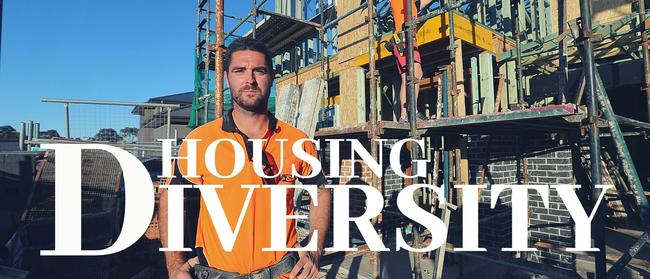
Western Sydney was also identified as one of Sydney’s worst when it comes to housing diversity, with a total of 80 per cent of all dwellings made up of standalone houses.
The Central City District followed with houses making up approximately 65 per cent of all dwellings and houses in Sydney’s south and north making up around 60 and 50 per cent respectively. Meanwhile, in the Eastern suburbs and Sydney CBD, apartments make up the majority of all dwellings with just of 50 per cent.
The commission’s report identified a greater need for increased housing diversity in the future.
“A greater understanding is needed of the demand for different housing types as the population grows and changes across all parts of Greater Sydney,” the report said.
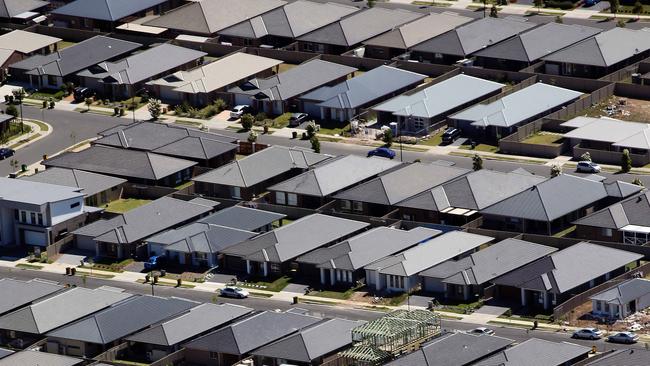
“We also need to further develop how to best monitor and report on how housing supply is meeting the need for affordable housing.”
Commissioner Turnbull said if not tackled now, housing diversity could be a major concern for Sydney’s ageing population.
“What is really important, with the rise of jobs and population in Western Sydney, is housing choice,” she said.
“We need housing choice to allow for greater opportunity to cater for everyone.”

A major lack of open space has contributed to some of the worst data surrounding the percentage of people walking or cycling to work each day.
Just 10 per cent of western Sydney residents are able to access employment by waling or riding a bike, while southern Sydney communities and their neighbours in Parramatta and The Hills weren’t much better off, with total walking trips of just 13 and 15 per cent respectively.
“Walkability is important for a range of reasons because it is important for health, but also identifies the accessibility of a community,” Mrs Turnbull said.
“We need to relocate jobs to where people are living, we need to collaborate with all levels of government to provide options to access region or metropolitan centres.
“When there is better walking, you will find a community is more appealing to the community and there is less strain on road network.”
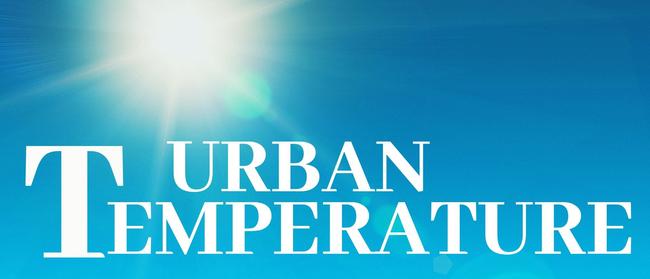
Shocking new statistics have revealed the devastating impact a lack of tree canopy cover has had on the percentage of the population exposed to high urban heat.
According to the Greater Sydney Commission report, suburbs in the Western City, Central City, South and Eastern City districts are all affected by urban heat.
Approximately 45 per cent of the population living in western Sydney are exposed to high levels of urban heat, while in Parramatta, The Hills and Sydney’s eastern suburbs around 25 per cent of all residents also face high levels of urban heat.
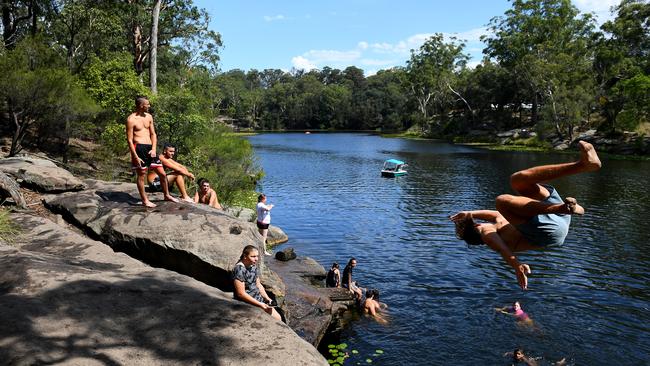
Sydney’s South and North, which also have high levels of urban tree canopy at approximately 25 and 45 per cent respectively, have a lower percentage of exposure rates to high urban heat. The Northern District has around 2 per cent of its population in the firing line, while in
Mrs Turnbull said the commission was blueprinting the redevelopment of town centres to decrease heat and increase tree canopies.
“We think it is a major concern for the majority of Sydney,” she said. “Geographical and topographical heat is significant, but a lack of tree canopy is an issue that needs to be tackled.
“Our built environment needs to be planned to mitigate heat.”
IN OTHER NEWS

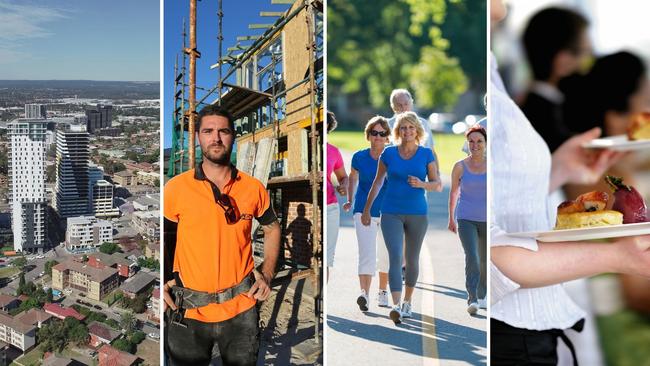
Add your comment to this story
To join the conversation, please log in. Don't have an account? Register
Join the conversation, you are commenting as Logout